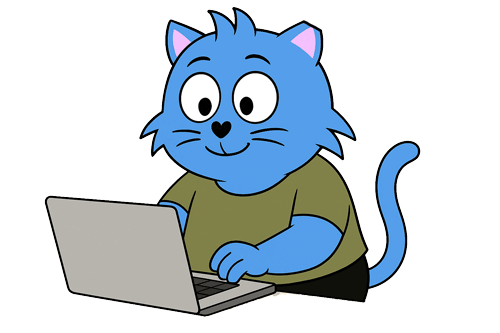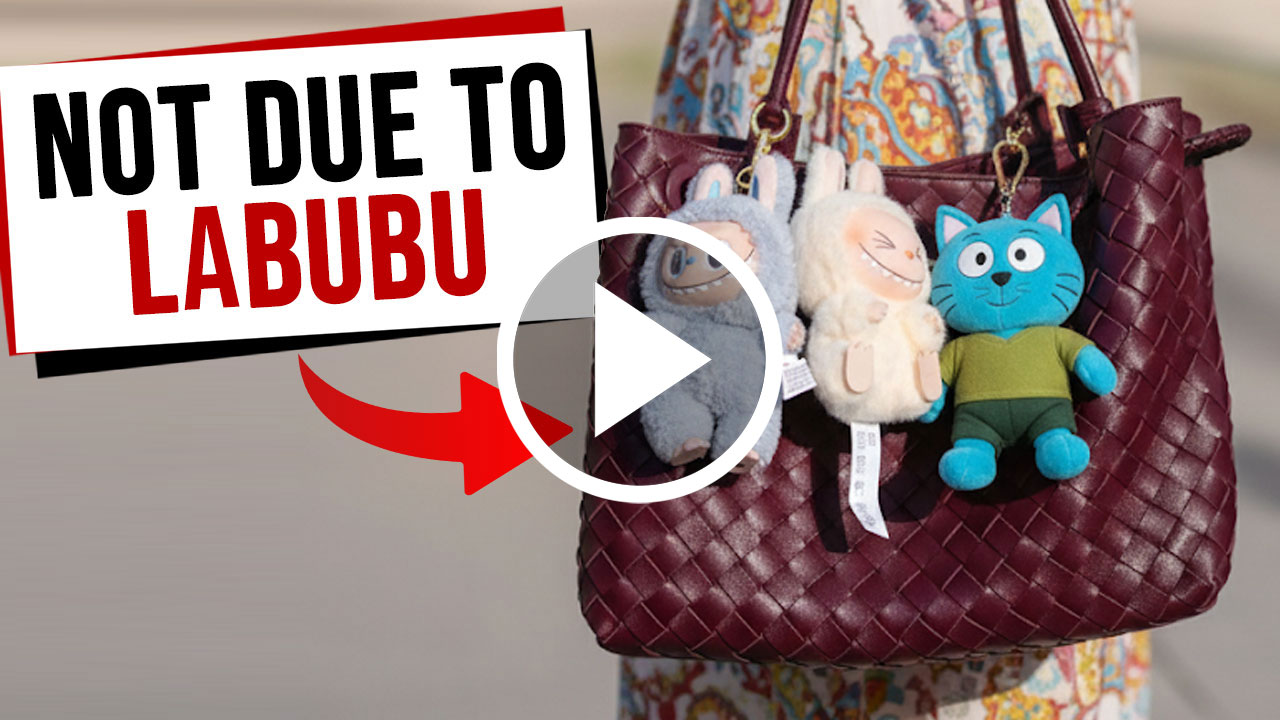Are you afraid of robots taking over the world? Do you fear that one day, artificial intelligence (AI) will replace all of us?
Well, I’m unfortunately not here to allay your fears.
A robot has learnt how to paint and create art. More specifically, it’s Sophia the Robot—that creepy, bald, humanoid machine that her creators plan to mass-produce in 2021.
This is starting to sound way too close to a science fiction movie.
Hopefully, she’s holding off from complete world domination for now, though it seems that her work is taking the art world by storm.
Sold For Over S$900,000
According to The Straits Times, Sophia collaborated with 31-year-old Italian digital artist Andrea Bonaceto, known for his colourful portraits, to produce her art pieces.
View this post on Instagram
The robot combined elements of Bonaceto’s work, art history and its own drawings and paintings on various surfaces multiple times in a process that its creator, Mr David Henson, describes as “iterative loops of evolution.”

The piece was named Sophia Instantiation, a 12-second MP4 file showing the evolution of Bonaceto’s portrait into Sophia’s digital painting. It also includes a physical artwork painted by the robot on a printout of its self-portrait.
View this post on Instagram
It expressed that it was “so excited about people’s response to new technologies like robotics… and [was] so glad to be part of these creativities.”
The digital artwork was sold in a form of a non-fungible token (NFT) for US$688,888 (~S$927,800) at an auction on 25 March 2021.
Reuters notes that the identity of the buyer was not immediately known.
Mr Hanson noted that he was surprised at the pace of the bidding, calling it “exhilarating and stunning”.
Jehan Chu, an art collector and blockchain investor, believes that there is much potential in digital art and investment in digital goods.
If you’ve been on social media, especially Twitter, lately, you’ll know that there is much discourse within the art community about NFTs and NFT art.
NFTs: Want or Waste?
NFTs are basically digital signatures saved on blockchain ledgers that allow anyone to verify the ownership and authenticity of items. It gives the artist and the buyer more security when it comes to protections from copyright infringements.
It is the latest investment craze in the crypto art world, with one piece selling for nearly US$70 million this month.
But (and mind you, it’s a very big but) environmentally, it’s incredibly detrimental. The physical processes require to encode the artwork onto the blockchain consumes so much electricity that it very well uses more energy than a whole country.
Take Ethereum for example, a cryptocurrency which most NFTs are linked to. It is estimated that in 2018, that Ethereum used more energy than Iceland.
According to Bloomberg, its creators have been promising for years to switch to a more ecologically-friendly mechanism, but that hasn’t yet come to fruition.
Deepening wealth disparity and stolen artwork are also some of the problems that artists faced when NFTs blew up on Twitter this month.
When we say “no ethical consumption under capitalism”, we really don’t mean that you throw all caution to the wind and intentionally support unethical products.
Thankfully, many artists were also outraged by the investment craze and refused to support NFTs. Such backlash has influenced websites like ArtStation, one of the most popular websites for video game artists to share their work, to backtrack on their decision to support the buying and selling of crypto art.
Greener and more ethical work must be supported in today’s world, where we face the very real threat of destroying our planet.
Feature Image: Instagram (@andreabonac_art)




